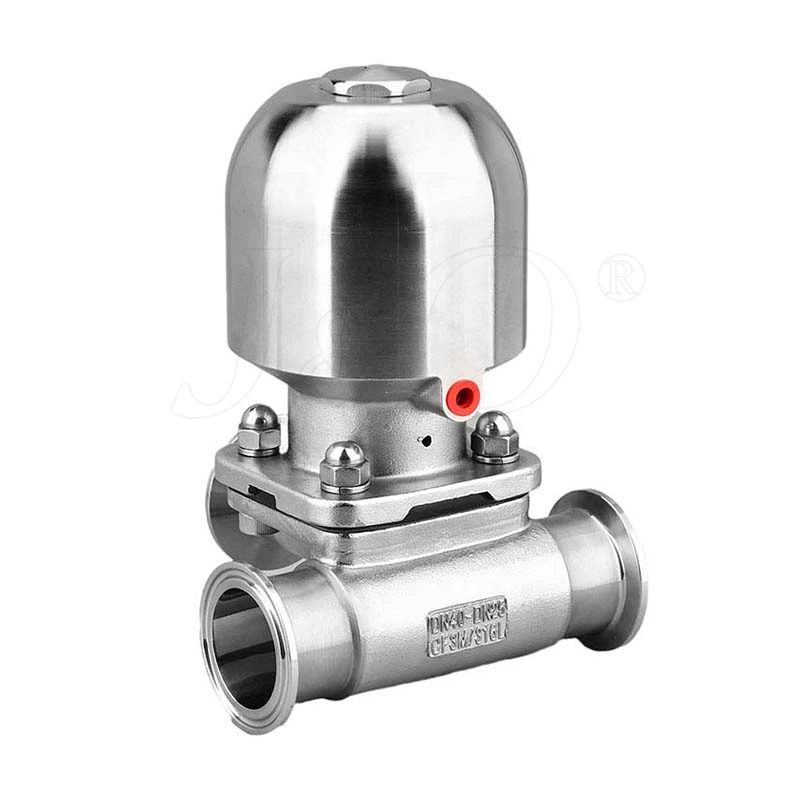A Brief Introduction To Sanitary Diaphragm Valves
A brief introduction of Sanitary Diaphragm Valve
Diaphragm valves are different from ordinary valves. They are made of soft rubber. Different diaphragm valves can improve the isolation of various media and purify the required liquids. The sanitary diaphragm valves we introduce are more useful for purifying products in medicine and industry.
Sanitary level means the sanitary performance of this diaphragm valve. Food, medicine and many other industries have relatively high requirements for hygiene, so sanitary level is the choice of such industries that require high hygiene. This diaphragm valve can isolate water, oil, gas, and some high-concentration liquids. In this way, different diaphragm valves can be selected according to different needs to meet the hygiene standards.
Sanitary diaphragm valves are now more popular than before. This diaphragm valve not only looks good, but also has strong safety performance. The price is not expensive, suitable for large-scale purchase and use. It is relatively simple to use, and can be used for a long time, which is very economical.
According to the power used by the actuator, diaphragm valves can be divided into three types: pneumatic, electric, and hydraulic, that is, pneumatic diaphragm valves with compressed air as the power source, electric diaphragm valves with electricity as the power source, and electro-hydraulic diaphragm valves with liquid medium (such as oil, etc.) pressure as the power source. In addition, according to their functions and characteristics, there are solenoid valves, electronic, intelligent, fieldbus diaphragm valves, etc. There are many types of diaphragm valves, and their structures are also diverse, and they are constantly updated and changed.
The role of diaphragm valves in process control is to receive control signals from regulators or computers, change the flow of the regulated medium, and maintain the regulated parameters within the required range, thereby achieving automation of the production process. If the automatic adjustment system is compared with the manual adjustment process, the detection unit is the human eye, the adjustment control unit is the human brain, and the execution unit-diaphragm valve is the human hand and foot. To achieve the adjustment and control of a certain parameter of the process such as temperature, pressure, flow, liquid level, etc., diaphragm valves are indispensable. The selection of diaphragm valves is a very delicate job, which requires not only solid professional theoretical knowledge but also rich practical experience. A good selection is not only conducive to the adjustment of the PID parameters of the control loop, so that the adjusted parameters can be better controlled, but also greatly increases the service life of the diaphragm valve.
